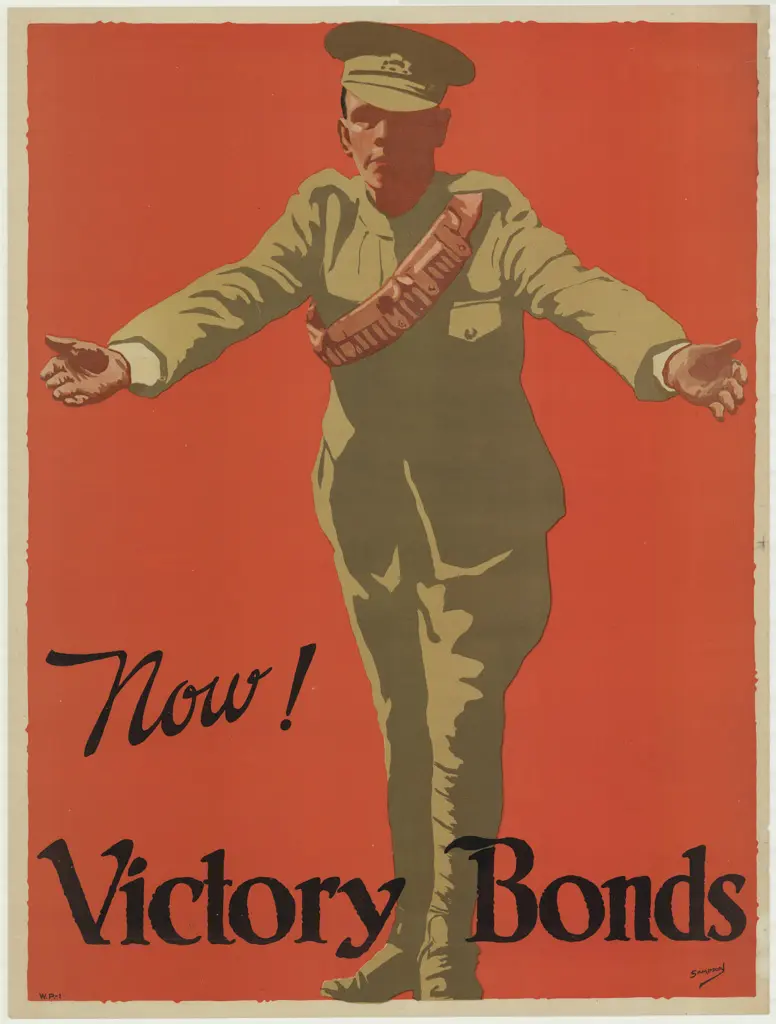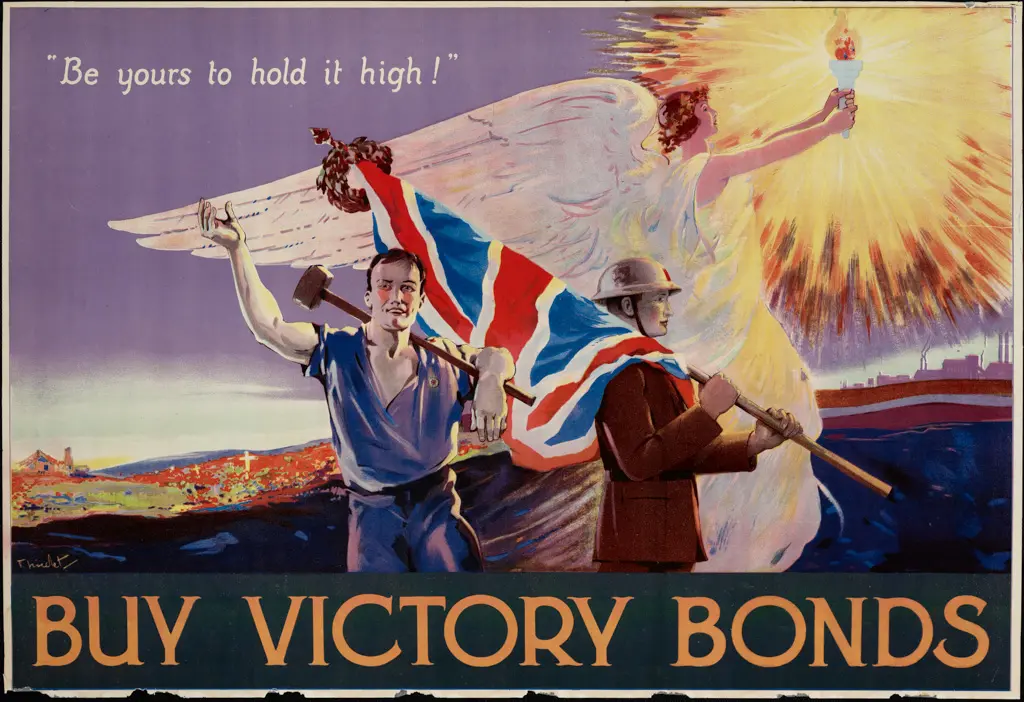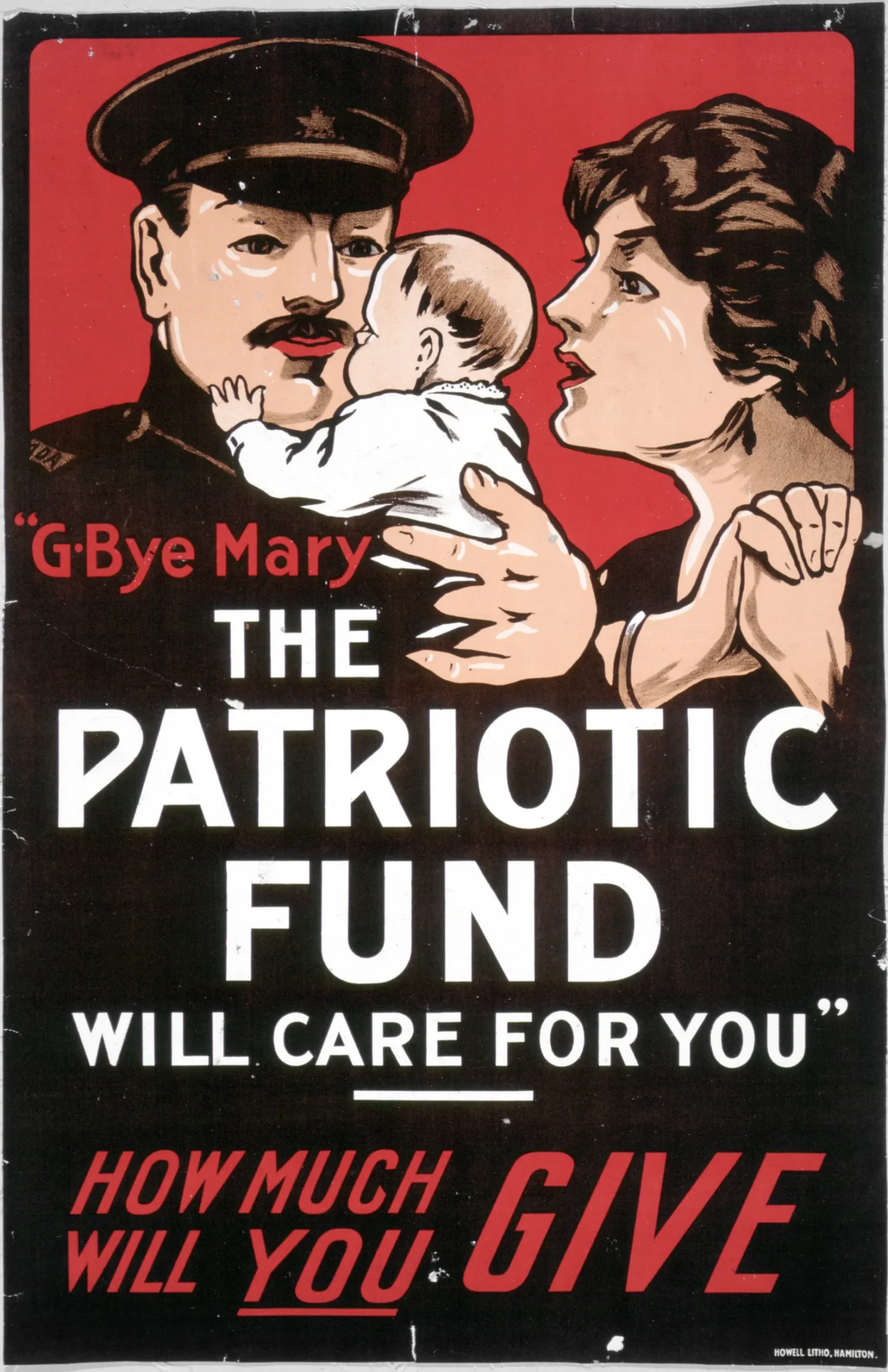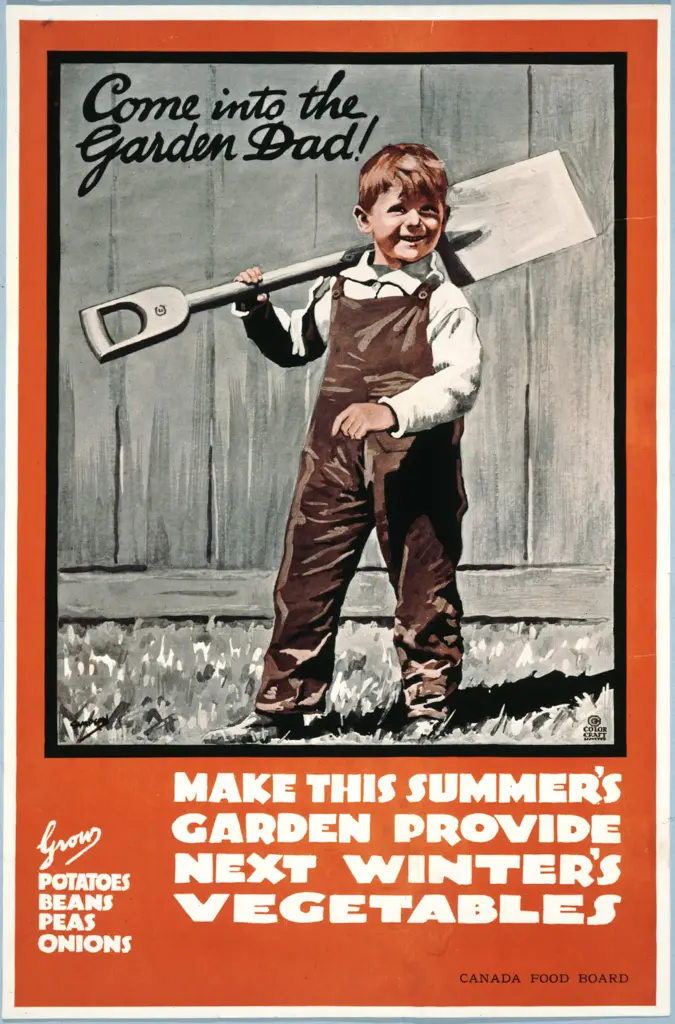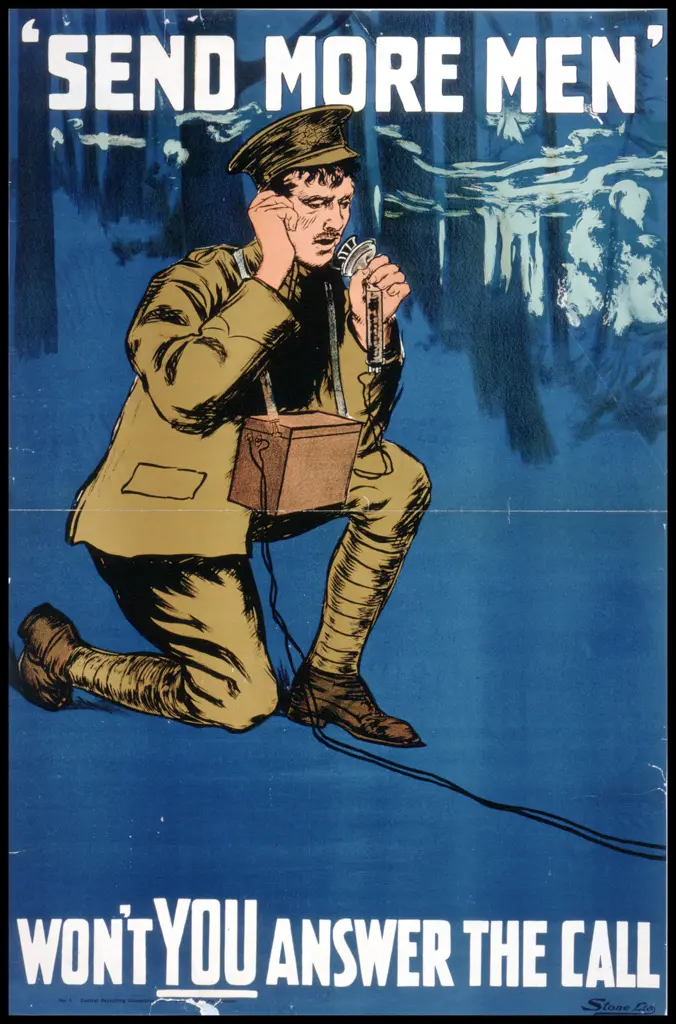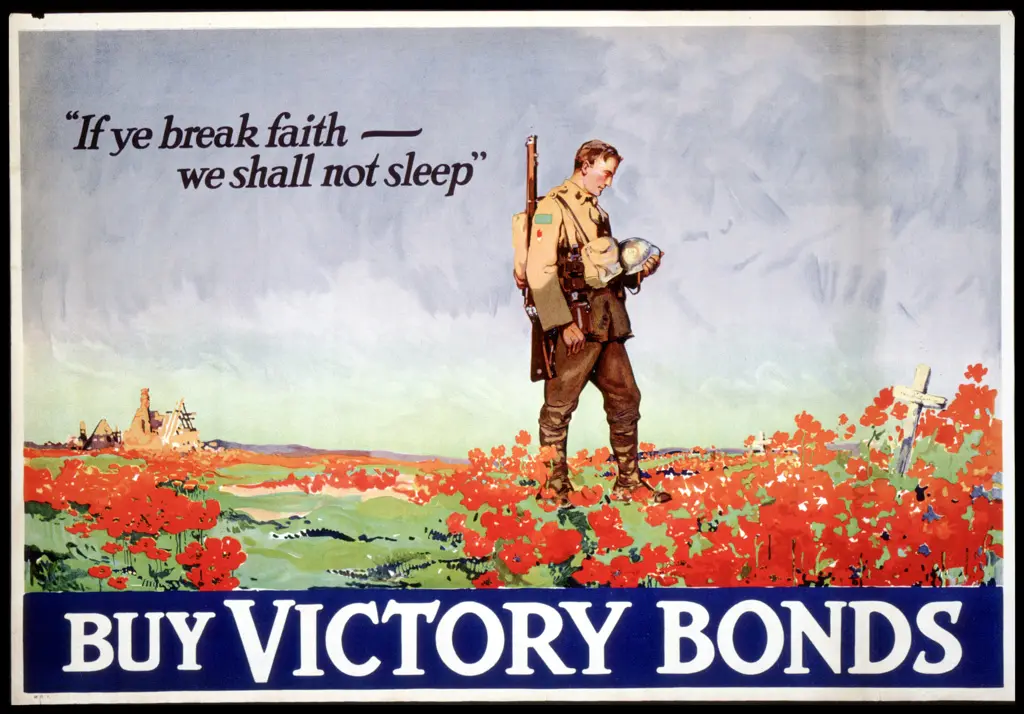
ONLINE EXHIBIT:
Canadian Posters from the First World War
This exhibit showcases a selection of Canadian posters from the First World War. The memorable designs and catchy slogans were meant to move Canadians to action. Explore this exhibit to see how these posters advertised recruitment, promoted financial support and encouraged increased production to back the war effort. There are approximately 500 posters in the Archives’ collections. Many of them are in the Archives of Ontario poster collection (C 233).
Share this Exhibit:

